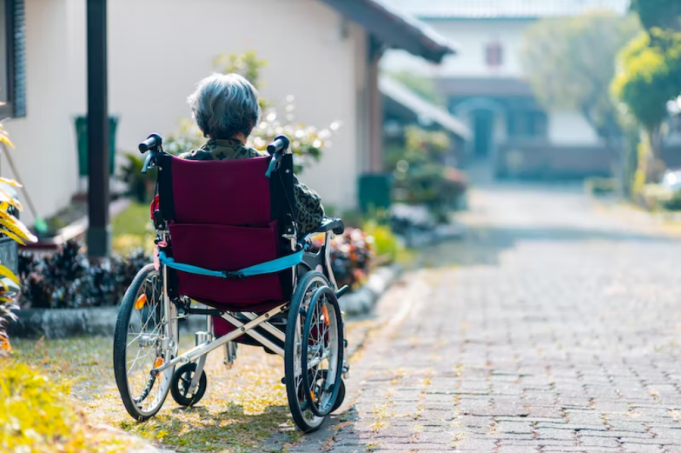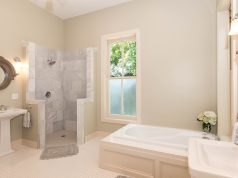Whether you’re a property developer creating a new home, or you’re updating your existing home, putting inclusivity at the forefront is crucial.
No two visitors to your home will have the same needs, and having an accessible home can help those with mobility issues, as well as elderly visitors.
Accessibility is about helping wheelchair users, as well as those with mobility issues or other disabilities, navigate your home independently. 14.6 million people in the UK alone have a disability, so whether you’re living with somebody disabled or not, it’s likely that at some point visitors to your home will have specialised needs.
Having an accessible home provides safety and security, especially if you live with elderly people at risk of falls.
If you’re interested in putting accessibility at the heart of your home, here are some ways to get started.
Give Ramp Access
If the entrance to your home requires stairs, consider installing a ramp instead. That way, wheelchair users can make their own way to your door.
If you’re developing a new home, try and build it with level access, and install a ramp if that’s not possible.
Install a Lift
One of the easiest ways to give wheelchair or special equipment users more independence when navigating your property is by installing a lift to move from one floor to another.
Seek out lift providers that specialise in disabled lifts, such as sdlifts.co.uk.
Remote Controls
It’s easier than ever to change the environment in your home without moving. Thanks to apps and remote controls, you can adjust the temperature of your heating, open and close blinds, and even switch the lights on and off. This technology makes it easier for people with mobility issues to adjust home settings to their preferences.
Another great option is installing a voice-controlled AI assistant, such as Alexa, which can play music and set alarms from voice commands alone.
Keep Floors Clear
Floors can be incredibly hazardous for wheelchair users or people with mobility issues. Having a cluttered floor can lead to elderly people tripping and falling, or stop wheelchair users from being able to navigate the space.
With this in mind, keep the floor space as free from clutter as possible, and invest in storage in the form of shelving to store your belongings.
Make Your Bathroom Accessible
The bathroom can be one of the most challenging places for disabled people to navigate, but there are a few tips and tricks you can use to make it inclusive for everyone.
For a start, it’s important to have a sink that wheelchair users can roll underneath and reach, to be able to carry out tasks such as brushing their teeth.
Remove any incline that’s required to enter the bath or shower, and add grab rails next to the bath/shower and toilet to minimise the risk of falls. The more automation features your bathroom has, the better, so invest in automatic flushing, hand sensors for washing, and hand dryers.














